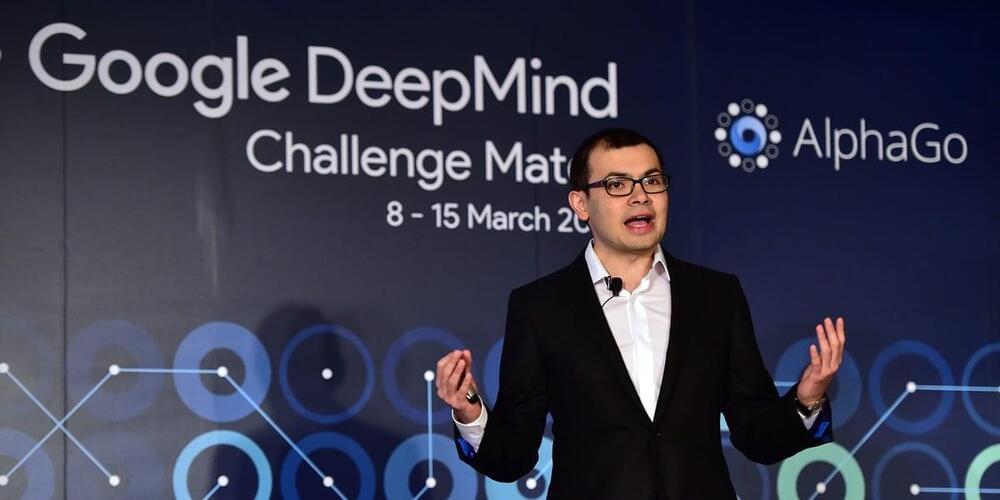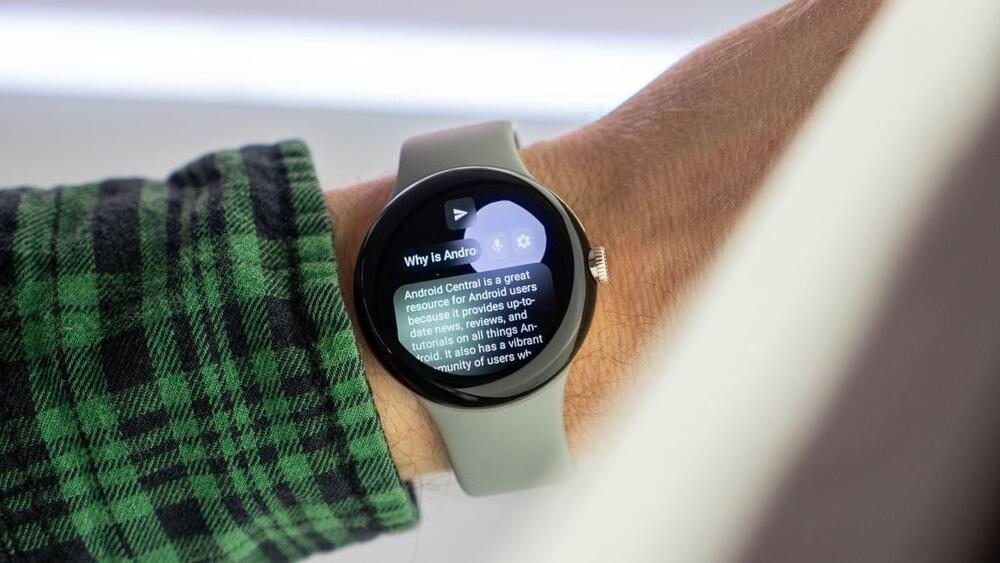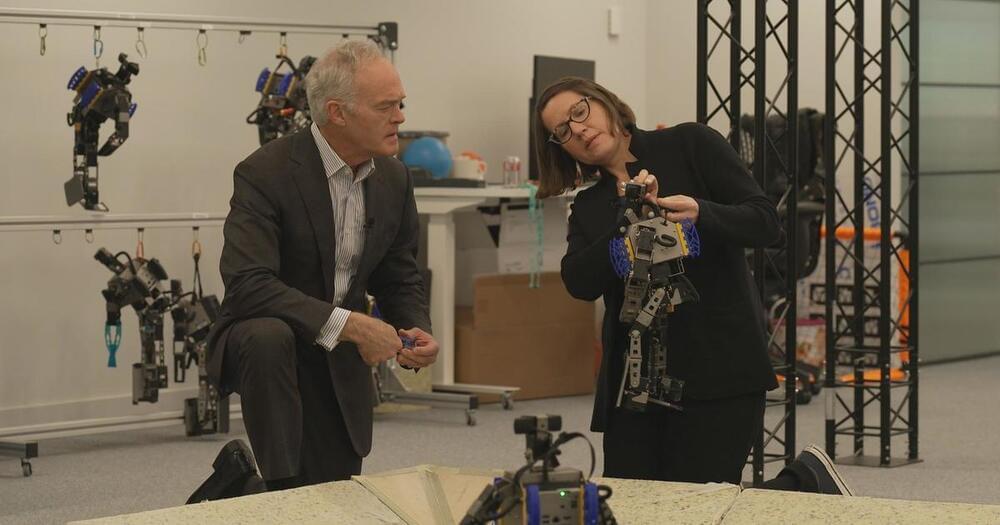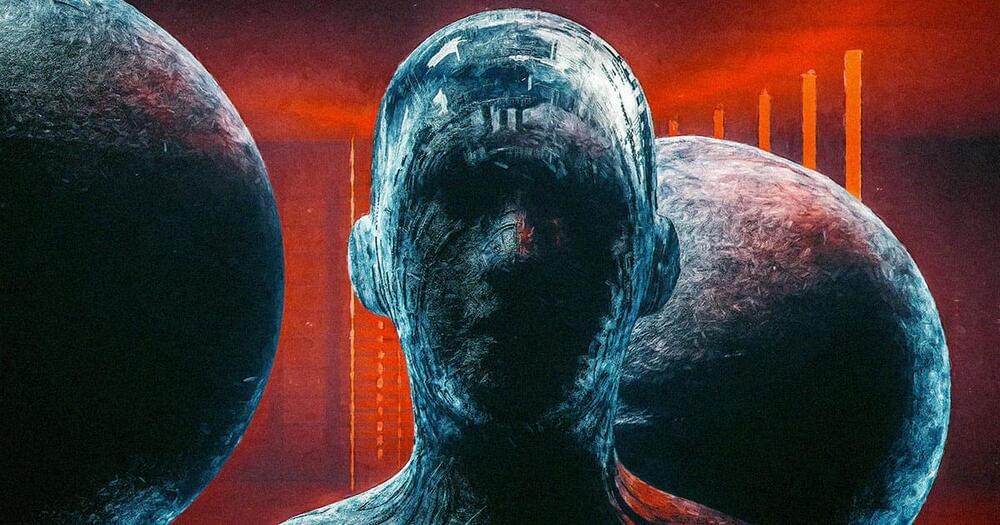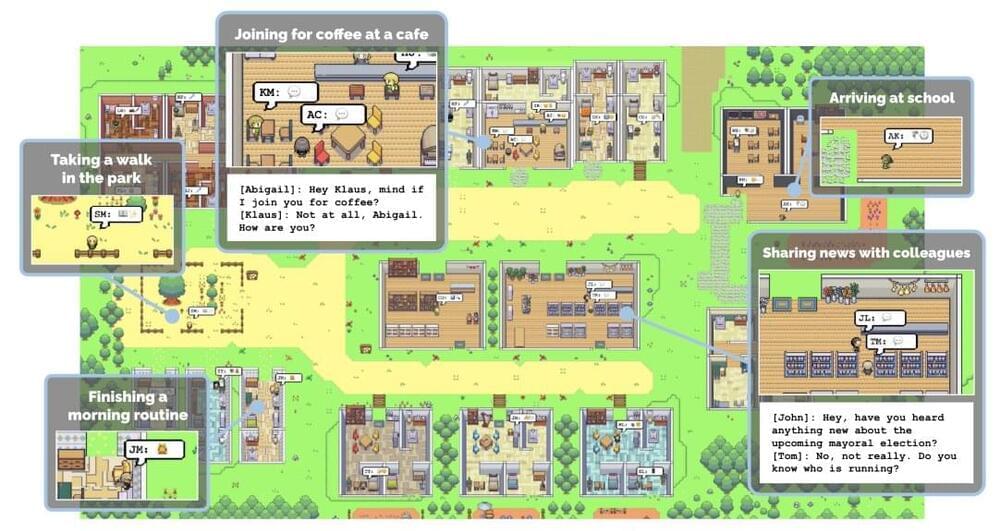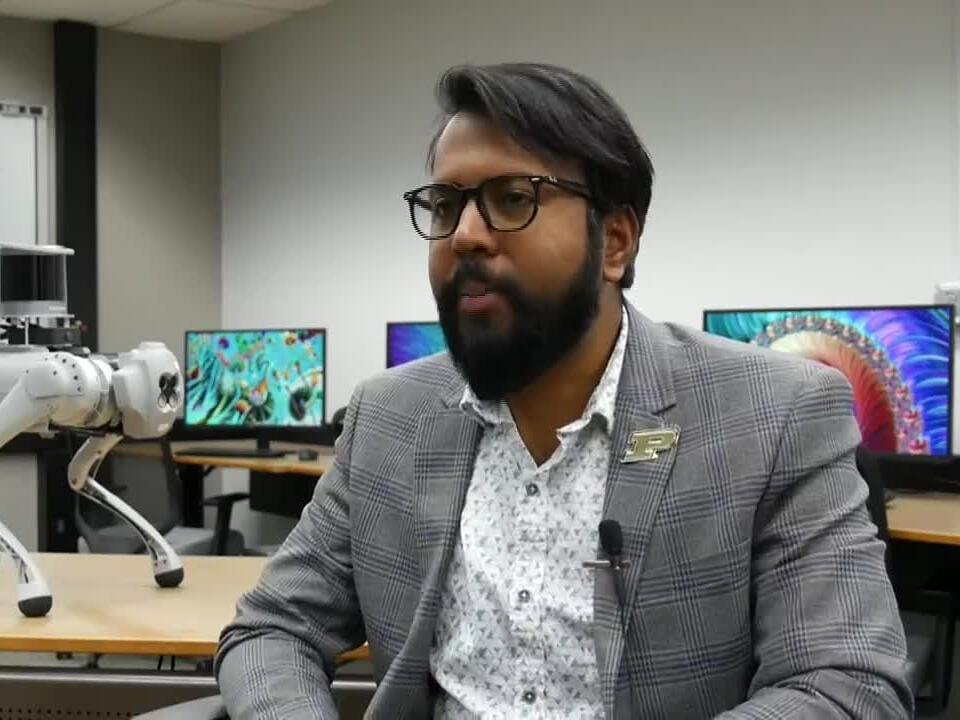The CEO of Alphabet-owned AI research lab, DeepMind Technologies, spoke about the potential of artificial intelligence in an interview with CBS’ “60 Minutes,” which aired on Sunday.
DeepMind CEO Demis Hassabis told CBS that he thinks that AI might one day become self-aware.
“Philosophers haven’t really settled on a definition of consciousness yet but if we mean self-awareness, and these kinds of things … I think there’s a possibility that AI one day could be,” he said.
